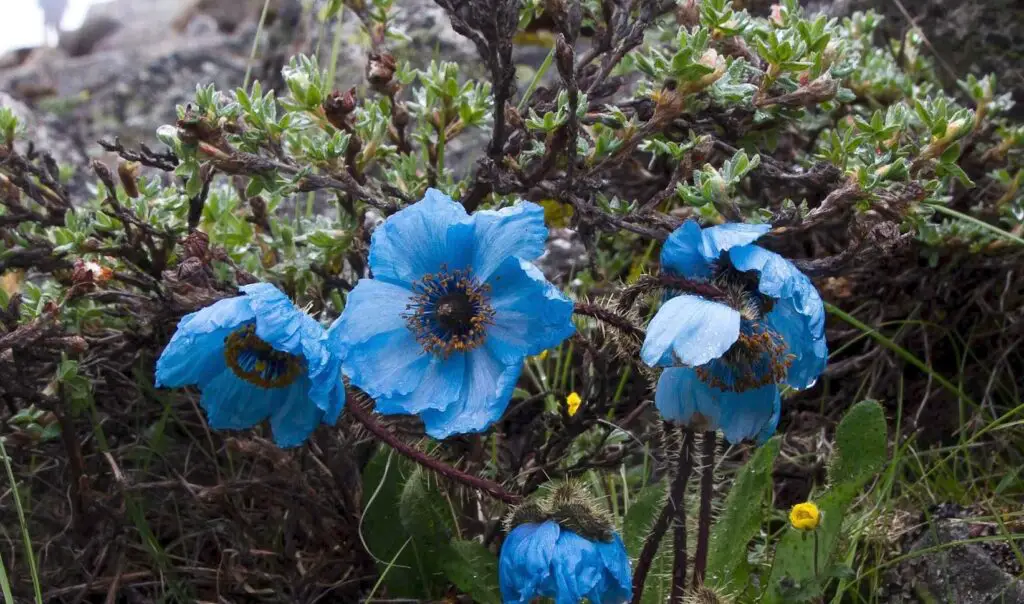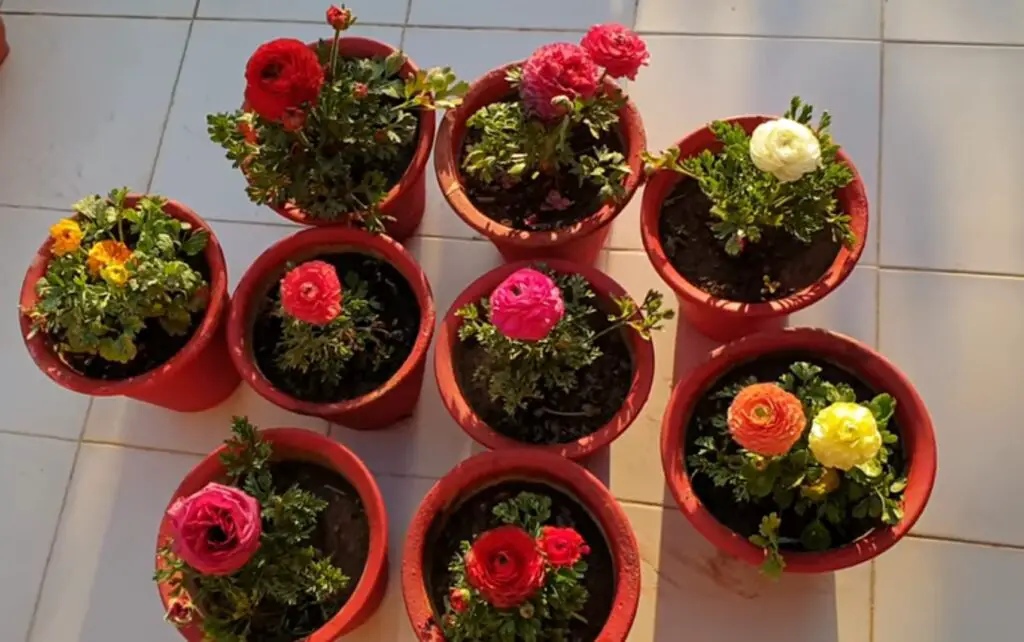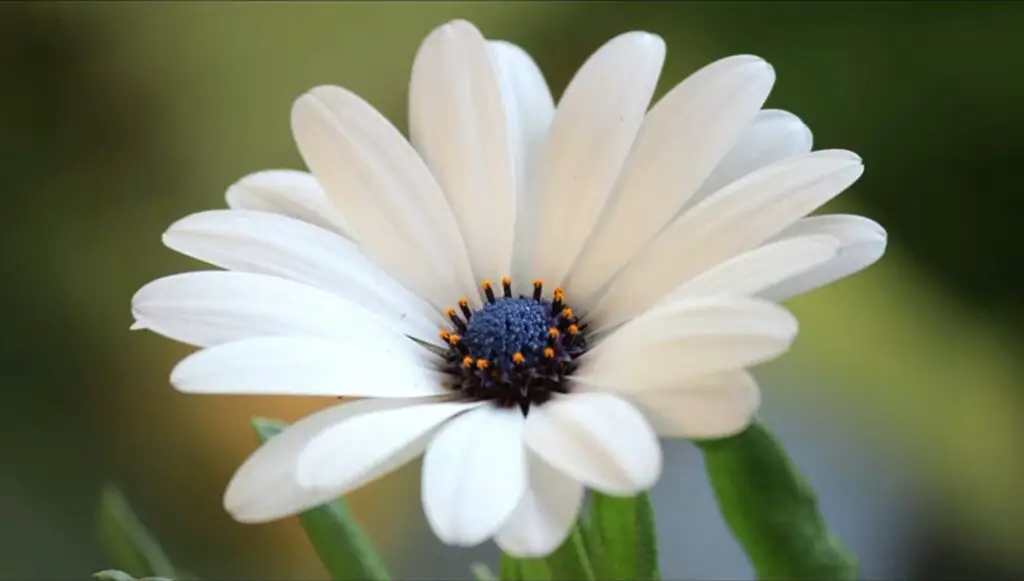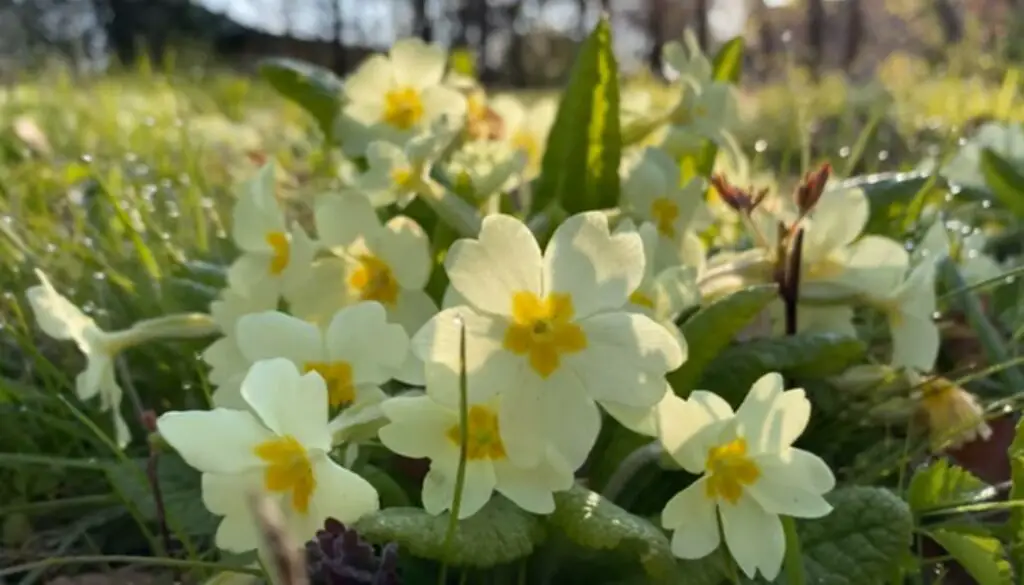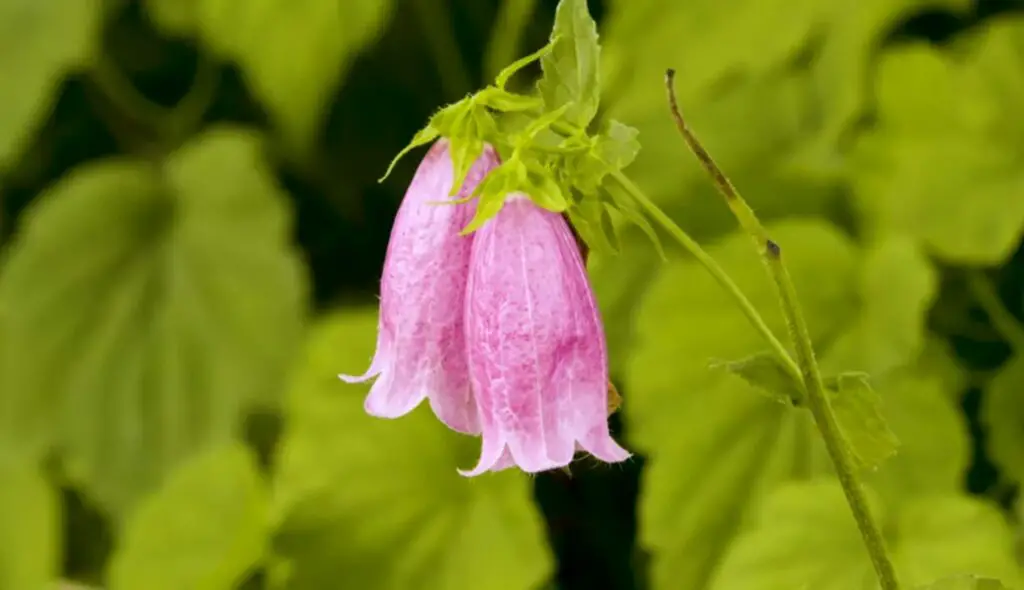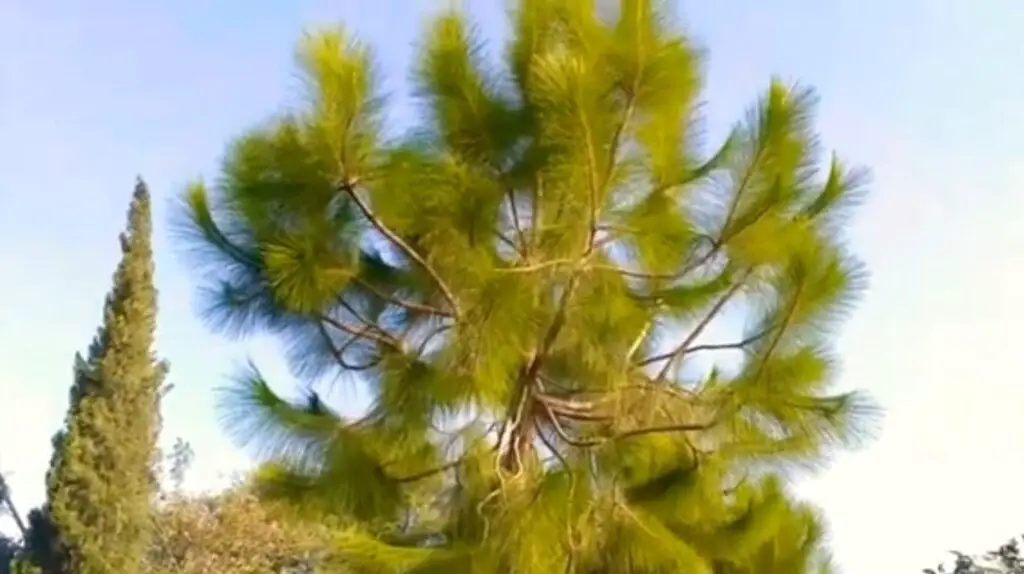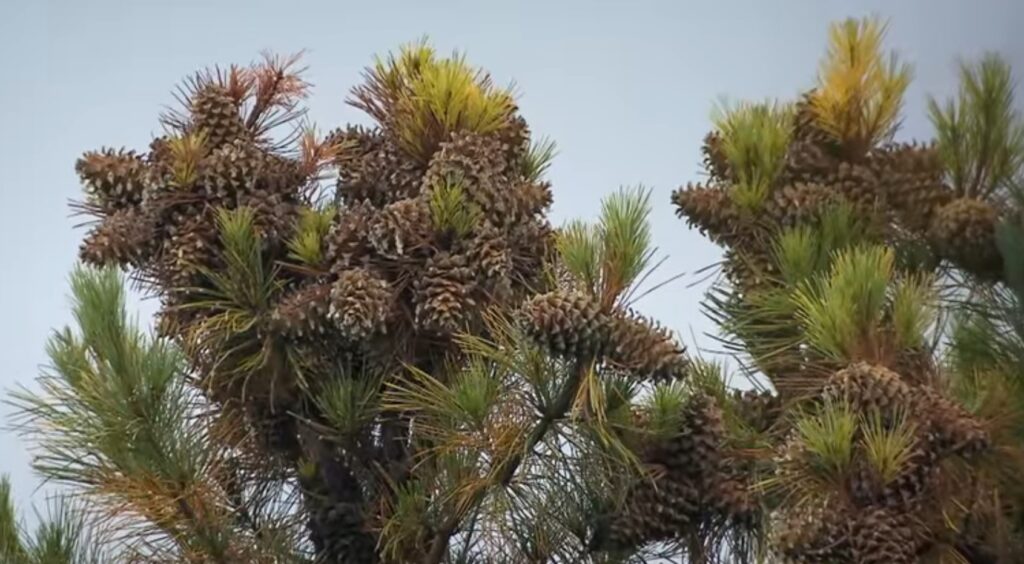The blue poppy, also known as Meconopsis, is a rare and enchanting flower that is native to the Himalayas, Tibet, and other mountainous regions of Central Asia. Known for its vibrant blue petals, the blue poppy is a favorite among gardeners and nature enthusiasts alike.
Blue Poppy Family
The blue poppy is a member of the poppy family, Papaveraceae, which also includes other popular garden flowers such as California poppies and Icelandic poppies. Unlike their more common relatives, blue poppies are not easily found in garden centers, as they are difficult to cultivate and require specific growing conditions.
One of the reasons why blue poppies are so rare is because they require a cool, damp climate to grow. They thrive in high-altitude regions, where the air is cooler and the soil is moist. The blue poppy is also a short-lived perennial, which means that it only blooms for a few weeks each year.
Despite their delicate nature, blue poppies are prized for their stunning beauty. The flowers have a distinctive blue hue, which ranges from a light, sky blue to a deep, almost purple blue. Their large, saucer-shaped petals are complemented by a center of golden stamens, which adds to their overall allure.
Himalayan Blue Poppy
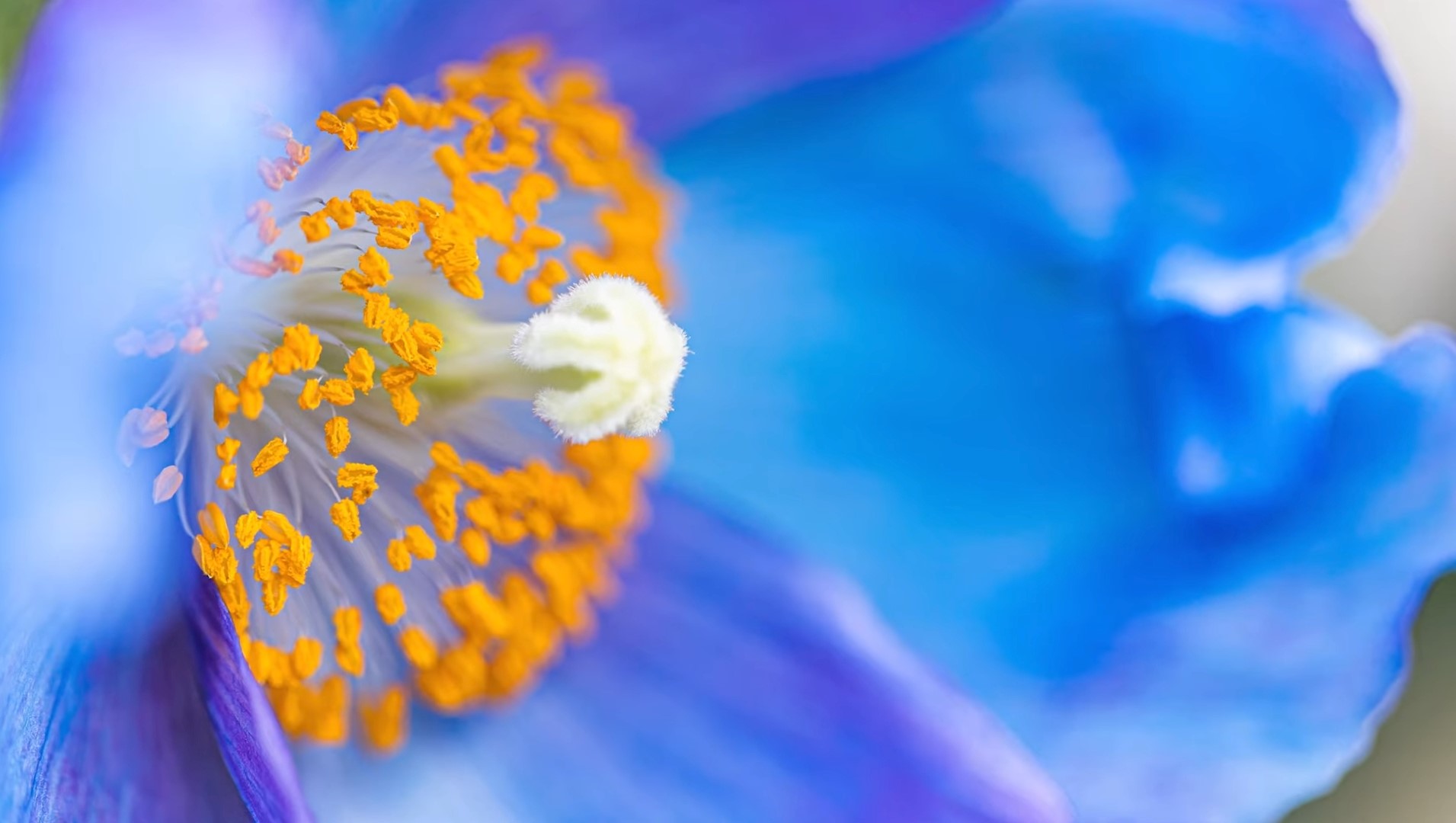 In the shadow of the towering Himalayas, a flower of unparalleled beauty emerges, captivating the hearts of botanists, nature enthusiasts, and artists alike. The Himalayan Blue Poppy, scientifically known as Meconopsis, is renowned for its exquisite azure petals that stand out against the backdrop of rugged mountain landscapes.
In the shadow of the towering Himalayas, a flower of unparalleled beauty emerges, captivating the hearts of botanists, nature enthusiasts, and artists alike. The Himalayan Blue Poppy, scientifically known as Meconopsis, is renowned for its exquisite azure petals that stand out against the backdrop of rugged mountain landscapes.
Origins and Habitat
The Himalayan Blue Poppy is native to the alpine regions of the Himalayas, where it thrives at elevations ranging from 9,000 to 14,000 feet. These delicate blooms can be found in countries like Bhutan, Nepal, India, and Tibet. The harsh yet majestic conditions of these high-altitude environments have sculpted the distinctive features of the Meconopsis.
Distinctive Features
The most striking feature of the Himalayan Blue Poppy is undoubtedly its vivid blue petals. Ranging from pale sky blue to deep sapphire, these delicate flowers evoke a sense of wonder and mystery. The petals often have a papery texture that adds to their ethereal appearance. The plant typically grows to a height of 2 to 4 feet, boasting slender stems that support the solitary, large flowers.
Challenges of Cultivation
Cultivating the Himalayan Blue Poppy presents a unique set of challenges, which has earned it a reputation among gardeners as a finicky and elusive plant. This difficulty arises from its specialized habitat requirements. The plant demands a cool, moist environment with well-draining soil, mimicking the conditions of its native high-altitude home. Striking this balance in a garden setting can be a complex endeavor, and failure to provide the right conditions can result in stunted growth or failure to thrive.
Conservation Concerns
In its natural habitat, the Himalayan Blue Poppy faces threats such as habitat loss, climate change, and over-collection for horticultural and medicinal purposes. These factors have led to declines in wild populations, prompting conservation efforts to protect and preserve this iconic species. Some regions have established protected areas to ensure the survival of the plant and its delicate ecosystem.
Cultural Significance
The Himalayan Blue Poppy holds cultural significance in the regions where it grows. It has been used in traditional medicine for various purposes, and its unique beauty has inspired artists and poets for generations. In Bhutan, the flower is celebrated as the national flower, symbolizing the country’s pristine natural environment.
The Himalayan Blue Poppy, with its enchanting blue petals and its ability to thrive in some of the world’s most challenging environments, stands as a testament to the tenacity and beauty of life in the Himalayas. Its delicate elegance and unique habitat requirements make it a revered botanical treasure, drawing the admiration of both nature lovers and scientists.
As we continue to learn more about the Himalayan Blue Poppy and its delicate ecology, we are reminded of the intricate interplay between species and their environment, and the importance of preserving such wonders for generations to come.
Blue poppies have become a symbol of the wild and untamed beauty of the Himalayan region. They are often associated with the mythological land of Shangri-La, a hidden valley of paradise that is said to exist in the mountains. In fact, the blue poppy is the national flower of Bhutan, where it is known as the “happiness flower.”
Although blue poppies are not commonly found in gardens, they can be grown successfully with the right conditions. They require a cool, shaded spot with moist, well-drained soil, and should be protected from direct sunlight and strong winds. With proper care, these rare and enchanting flowers can add a touch of wild beauty to any garden.
Blue Poppy Uses
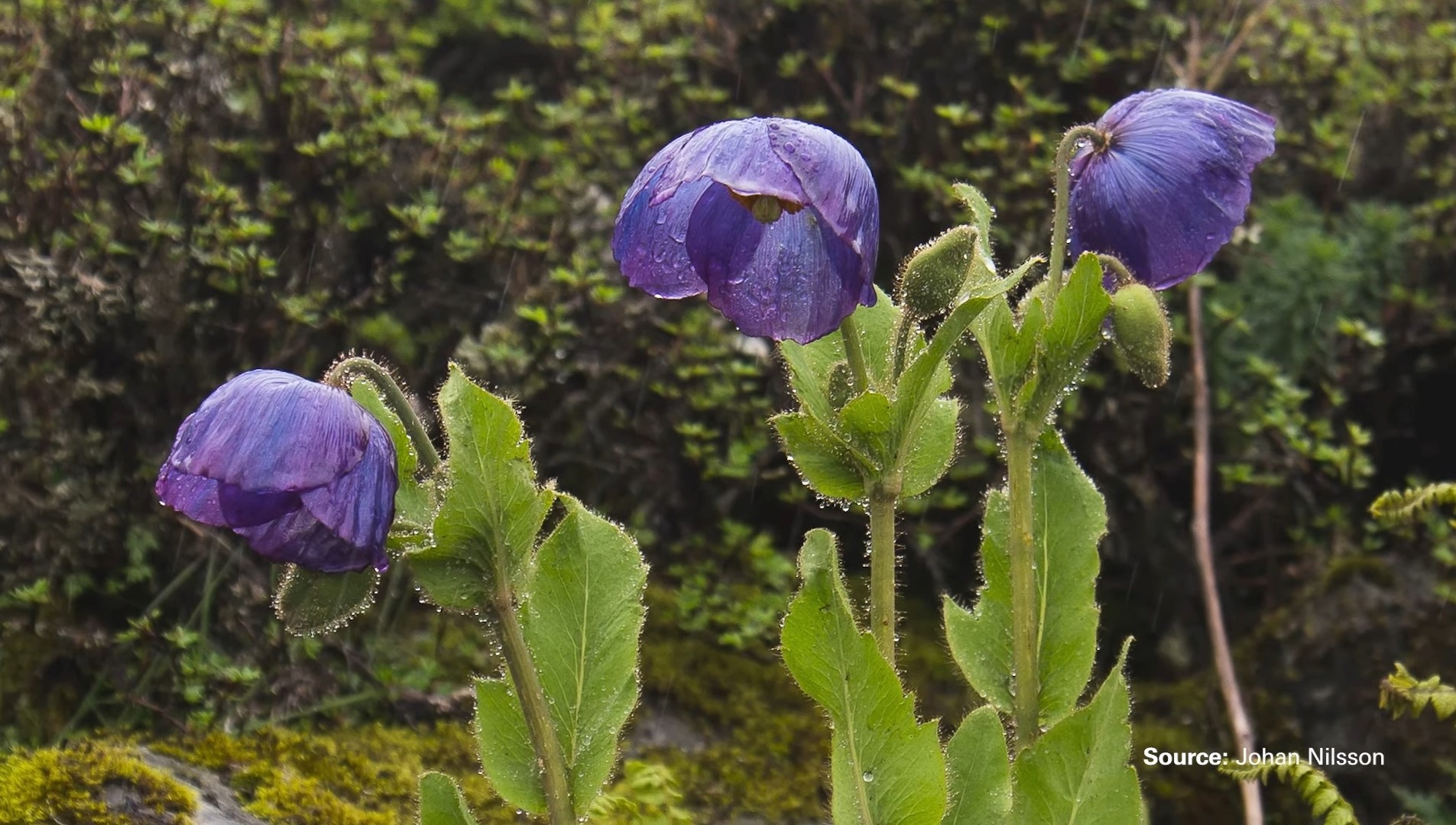 In the regions where the Himalayan Blue Poppy is found, it has been used for centuries in traditional medicine. Different parts of the plant, including its roots, leaves, and flowers, have been employed to create herbal remedies for various ailments. It is believed that the plant possesses potential medicinal properties, although scientific research on its efficacy is limited.
In the regions where the Himalayan Blue Poppy is found, it has been used for centuries in traditional medicine. Different parts of the plant, including its roots, leaves, and flowers, have been employed to create herbal remedies for various ailments. It is believed that the plant possesses potential medicinal properties, although scientific research on its efficacy is limited.
Traditionally, the plant has been used to address issues such as pain relief, inflammation, and respiratory problems. However, caution is necessary when considering any medicinal application, as incorrect usage or lack of scientific evidence can lead to potential health risks.
In conclusion, the blue poppy is a rare and enchanting flower that is prized for its stunning beauty and association with the wild and untamed beauty of the Himalayas. Despite their delicate nature and challenging growing conditions, these flowers continue to captivate and enchant people around the world.

